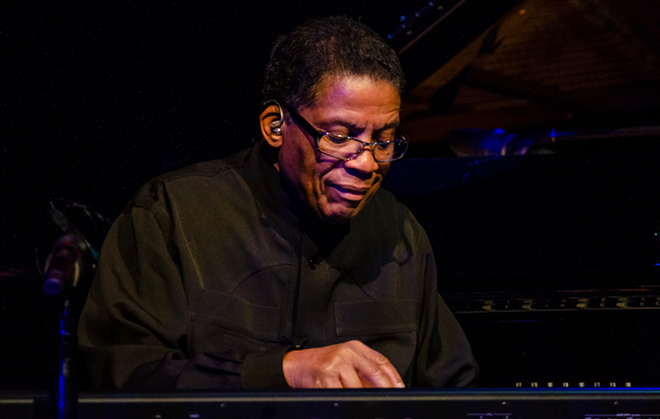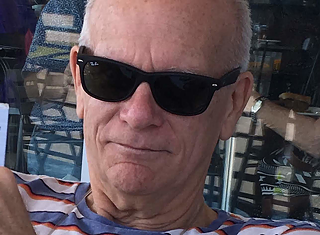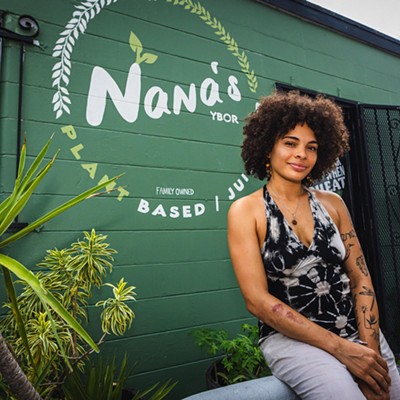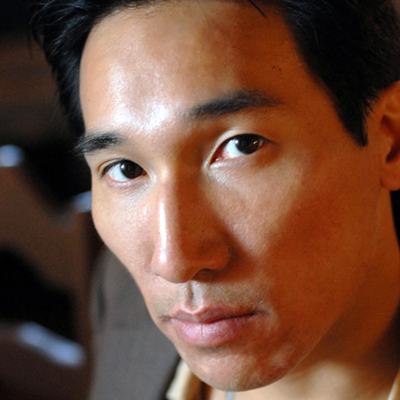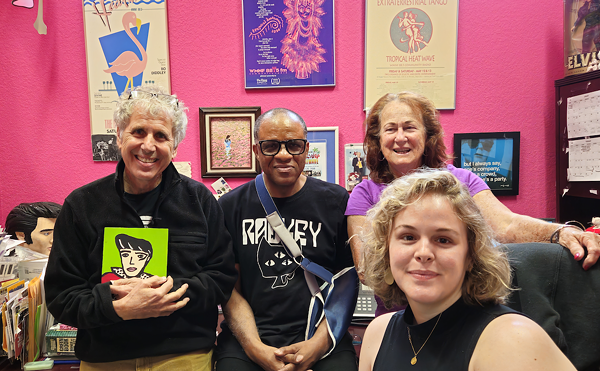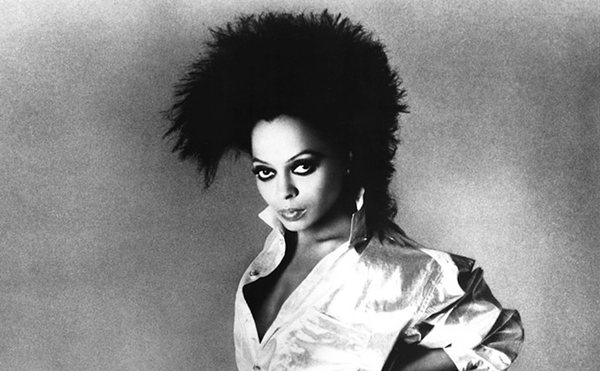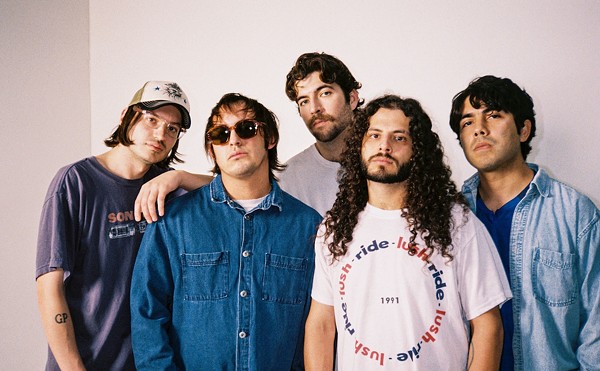For about 40 minutes on Friday night at Ruth Eckerd Hall, Herbie Hancock made a viable case that jazz-fusion is not dead. Ultimately, though, the legendary keyboardist and his four sidemen couldn’t close the argument. And by the time Hancock donned a headset and started in on robo-vocals, about a half- hour later, all hope was lost. The shark had been jumped.
Jazz-fusion — the hybrid genre popular in the ‘70s, and not to be confused with smooth jazz — relies on the awe factor. It’s show-off music. There’s nothing inherently wrong with that, but fusion tends to wear out its welcome. Once the jaw-dropping subsides, the music usually becomes a blur of chops, excess and self-indulgence. That about sums up Hancock’s set.
But we’ll continue.
Photos: Herbie Hancock at Ruth Eckerd Hall
The show started out with a 25-minute, uninterrupted piece that roamed through a variety of tunes and textures, from a space- jazz intro that lasted too long, to fast funk, to a dollop of Afro pop, to ballad segment, to a too-short bit of “Chameleon,” the riffy funk tune that leads off his 1973 album Headhunters.
Jaws were duly dropped.
Hancock then grabbed a mic and roamed the stage to introduce his cohorts with lengthy and hyperbolic tributes. Vinnie Colaiuta is the drummer that all other drummers want to be. Not so sure of that, but even so: His hyper-intense playing, impressive though it was at times, served to clog up the sound when it sorely needed to breathe.
Hancock hailed keyboardist-saxophonist Terrace Martin as the producer of Kendrick Lamar’s To Pimp a Butterfly — the guy who “made it happen” — when in fact Martin is listed as one of more than a dozen producers. His astringent tone and unfocused alto solos, as well as his dense keyboard colorations (there was no need for a second keyboardist), rendered him Least Valuable Sideman.
James Genus, part of the Saturday Night Live band, turned in strong six-string bass work, by and large showing admirable restraint. Guitarist Lionel Loueke, an estimable solo artist who could’ve been the secret weapon, was ill-used. Most of his solos were gimmicky, delivered with a hazy synthesizer tone, often accompanied by effects-driven vocals. It would’ve been nice to hear a little more, y’know... guitar.
At 78, Hancock is still a monster musician. At this stage of his career, his preferred instrument for soloing is acoustic piano. On this night, his playing was uniformly aggressive, full of heavy-fisted chords and discordant lines. Perhaps that approach was necessary to cut through the thick and busy wall of sound behind him. The few passages that allowed for sensitivity and nuance wafted away like vapor. In the end, I was left wondering: How many long, bellicose solos can a piano master play and still make them matter?
Hancock’s best jazz-fusion work — made in the first half of the ‘70s, before he started pushing too hard for commercial crossover — made liberal use of Rhodes piano. He’d have done well to incorporate the instrument on Friday night — to add a bit of nostalgia as well as some much-needed warmth. Instead, Hancock employed shrill synthesizers for melodic segments and noisy effects.
And then there were the “vocals.” Grating, like AutoTune on 11. Sorry, but Herbie should put that rig back in the box and hide it in a closet.

